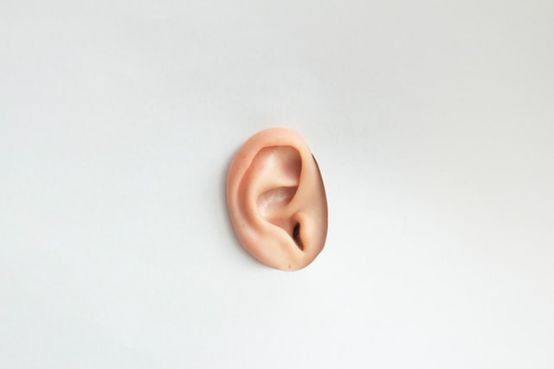Using neurolinguistics to combat tinnitus
Recent findings by neurolinguists at the University of Zurich may allow an innovative therapeutic approach to tinnitus. The alignment of brain areas with the help of gamma waves plays a role here.

Our ears sit on opposite sides of the head and most sounds reach the auricles at slightly different times. Although both halves receive the information at different times and process different speech characteristics, the brain integrates what it hears into a single speech sound.
The exact mechanism behind this integration process was not known until now. However, so-called gamma waves play a role. The neurolinguists have now succeeded in demonstrating a direct link between the integration of what is heard and synchronization through gamma waves. In addition to UZH, researchers from the Netherlands and France were also involved in the project.
The results support the idea that gamma wave-mediated synchronization between different brain areas is a fundamental mechanism for neuronal integration. Previous studies have shown that disturbances in the connection between the two hemispheres of the brain are associated with auditory phantom perceptions such as tinnitus and hearing voices. Thus, electrical brain stimulation could represent a promising avenue for the development of therapeutic interventions.
Literature:
Preisig BC, Riecke L, Sjerps M, Kösem A, Kop BR, Bramson B, Hagoort P, Hervais-Adelman A. Selective modulation of interhemispheric connectivity by transcranial alternating current stimulation influences binaural integration. PNAS. DOI: 10.1073/pnas.2015488118







